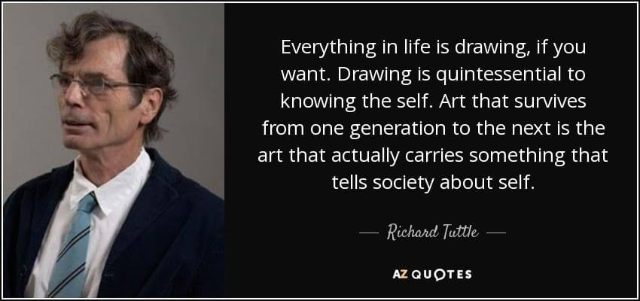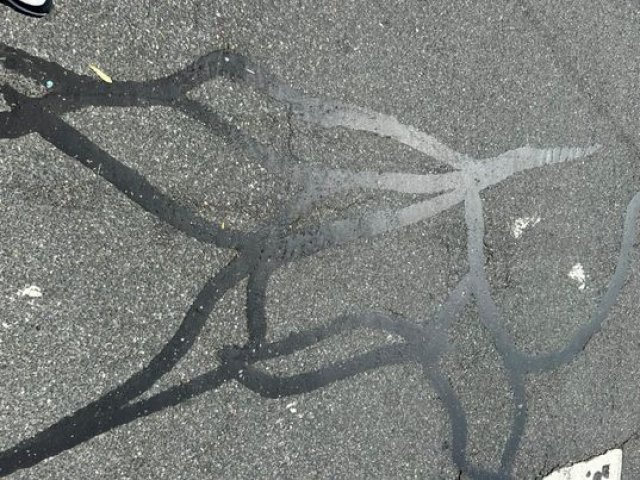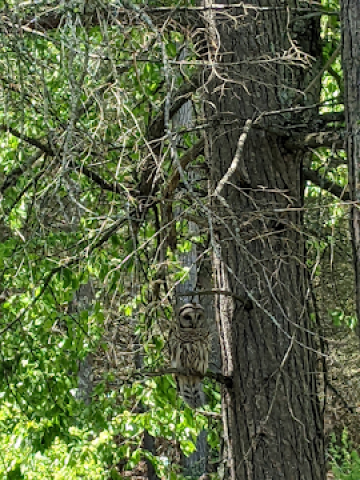Kicking the Can of Drawing
Hegel and Other Matters
By: Martin Mugar - Aug 15, 2023
"Everything in life is drawing" Richard Tuttle
I showed with Tuttle once thanks to Addison Parks who had a Tuttle in his private collection. It may have been a gift from Tuttle who at one point was a friend of Parks. He may have purchased it. Parks put us together in a rather interesting show at the Creiger-Dane gallery in Boston in 1998 of a handful of New York and Boston artists called “Severed Ear” in what was a postmodernist take on the evolution of modernism.
Of course, Severed Ear refers to Van Gogh’s angst and pain. A reference to the human origins of the Modern that over time tread a road toward the Minimal. In a remembrance of Parks in “Provincetown Arts” I mentioned the show’s similarity to the abstract artists considered “Provisional” by Raphael Rubinstein. I had hoped that the show would have an influence on the sensibility of the Boston Scene but that was not to happen as Boston continues to ignore consequential movements, that come from outside its sphere of influence as it did with its preference for Boston Impressionism over the French Modernism of the Armory show. To this day this absence of European modernism presents a huge gap in the MFA’s collection that currently is too expensive to fill.
The Tuttle that Addison owned, if my memory serves me, was a not very large oblong rectangle drawing on a rectangular piece of plywood that is to be exhibited nonchalantly on the floor leaning up against the wall. According to Addison, gallery goers felt compelled to report to the gallery director that it had fallen off the wall. I think Tuttle wanted to kick the experience of drawing off the wall out of the realm of framed paper and into the space of the pedestrian (both meanings) where it gets accidentally kicked. I saw a Tuttle show in NYC with Addison that I did not “get”. Mixed media with no attempt to make parts react to a whole. The Hegelian dialectic has until recently directed my own work and its absence in Tuttle irked me to protest the validity of much of what Tuttle does. Addison had to tell me to shut up.
Recently, Jason Travers an artist in the Providence area and a former student from AIB sent me an image of the kind of “drawing” he sees in the asphalt fillings that are ubiquitous on New England roads: an effort to fill in the cracks formed on roads due to frost heaves. The cracks left unattended only speed up the deterioration of the road. There obviously is a machine that pushes out the asphalt at a consistent rate that must be responded to by a regulated gesture of the worker so that the liquid asphalt does not overflow the cracks. These are pedestrian drawing as they are created by someone walking in pedestrian space and make no claim to art. Like Tuttle whose work yearns to jump off the wall, this drawing is part of our lived space and moreover engages the slow entropy (Brice Marden) of time and space of frost heaves and engaging our battle against the deterioration of the road.



